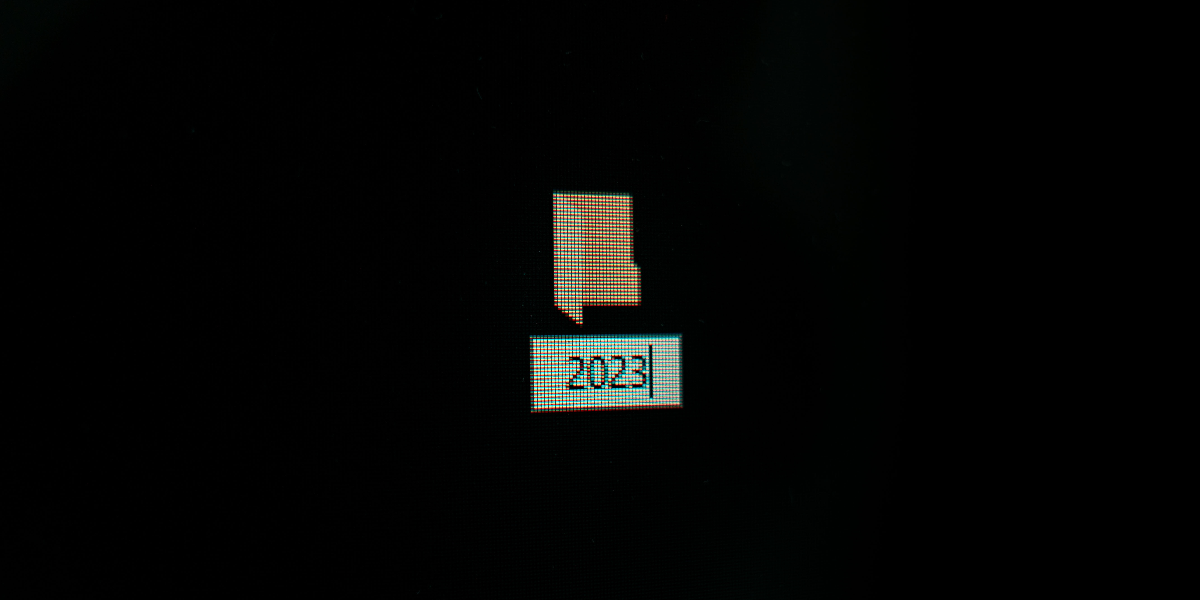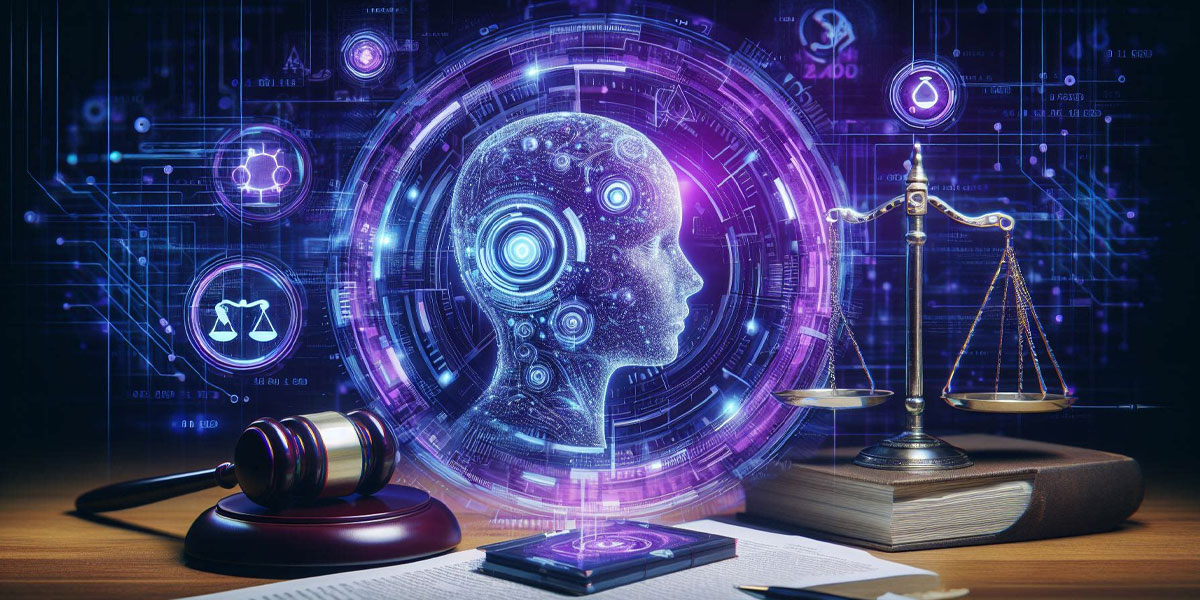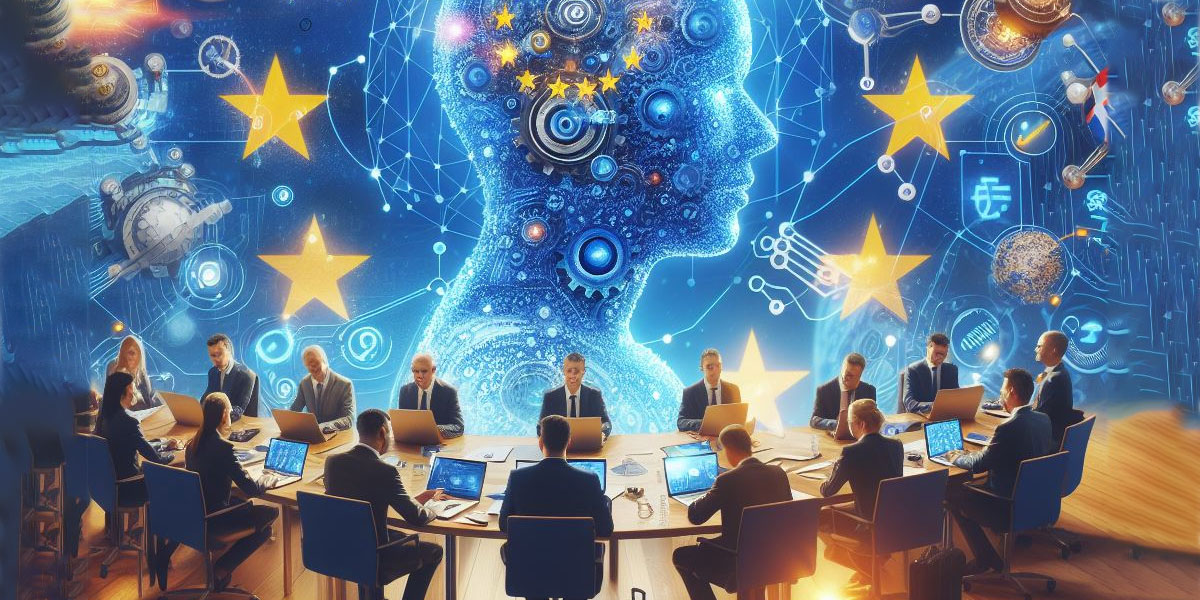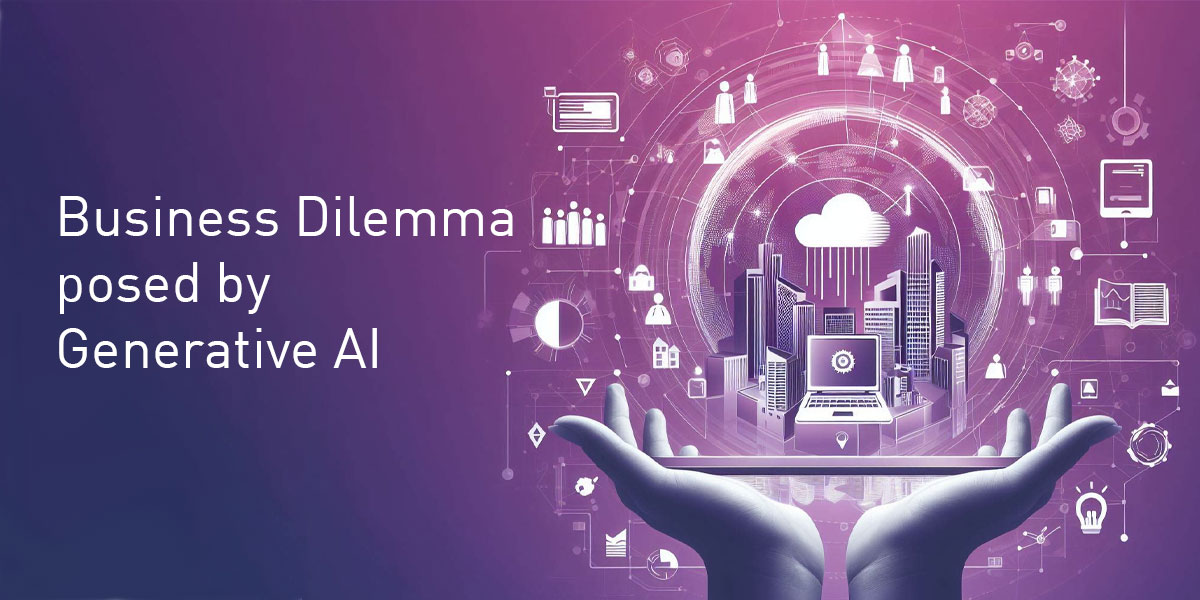Necessary cookies are absolutely essential for the website to function properly. These cookies ensure basic functionalities and security features of the website, anonymously.

The Tech Year in Review
We have all become familiar with the applications of computer vision in everyday life. From the face recognition algorithm that unlocks your phone, to self-driving cars, we know that machines are ‘seeing’ the world around them. Just how does the machine see?
January
OpenAI signed a multi-billion dollar investment deal with Microsoft kicking off the theme of the year: generative AI! Although the public release of GPT-3 had come earlier, the general public was only starting to experiment with the search engine-like interface in the early months of 2023 and discovering just what it could do.
-
Our IoA Generative AI Policy was produced to support the responsible use of generative AI internally.
-
The IoA’s Checklist for an Organisational Generative AI Policy will help organisations develop their own internal policy.
February
The disastrous demo of Google Bard saw millions wiped off their market share when Twitter users noticed something a little problematic in the output. The term ‘hallucinating’ became commonplace, as it became clear that Large Language Models (LLMs) can produce some pretty random results. On a more positive note, Spotify founder, Daniel Ek, announced the launch of Neko Health, a platform to harness the use of LLM technologies to provide body scans to provide early detection and preventative action of serious illness. It was one of many breakthroughs in the application of AI in healthcare over the year.
March
As if LLMs hadn’t dominated the news enough, OpenAI launched GPT-4, a tool that can only be accessed through their application programming interface (API). If GPT-3 was impressive, it was nothing compared to the capabilities of GPT-4 which wrote jokes, evaluated its own output and even managed to pass the US bar exams on one occasion.
April
The UK government published its White Paper on AI regulation. As contributors during the consultation phase, the IoA were happy to support a pro-innovation approach in the policy. AI is a challenge to regulate, with the large number of complex 3rd party supply chains that are international by default and we currently have a severe deficit of skills in the labour market to promote best practices anyway. A heavy hand with AI regulation this early is more likely to negatively impact honest, small and medium enterprises (SMEs), rather than anyone who is actively trying to abuse the system.
May
Elon Musk’s tenure as CEO of Twitter came to an end. His very public step back from social media to concentrate on SpaceX has been taken by many as an indicator of where businesses should be focusing next. In fact, many companies already have a space strategy to take advantage of the cheap launch of satellites and the potential for product testing and development in space!
June
2023 was meant to be the year of the virtual reality (VR) headset. Late December last year, the potential of augmented reality (AR) and virtual reality was all the talk, especially with the recently agreed protocols for representing concepts such as gravity and spatial location freshly signed, clearing the way for developments. Apple’s xrOS may not have attracted much attention, but it is the first VR headset to run on an operating system that can be updated, much as you might update your phone. It paves the way for a new generation of augmented reality and virtual reality devices.
July
International relations were souring, as the US announced a restriction on the export of chips to power AI research in China. The restrictions on chips to power facial recognition and driverless cars are similar to those already imposed on semiconductors. It was also the month when Google engineers claimed to have achieved quantum supremacy for the first time, with a proof of concept process that ran 60 years ahead of the most powerful traditional computer.
August
Some good news from California was the use of AI technology to combat unpredictable and unmanaged wildfires. ALERTCalifornia was able to notify fire authorities of the outbreak of a fire within 45 minutes, giving firefighters vital information to take evasive action. With global warming also top of the headlines this year, fires like these will only become more prevalent.
September
The Toyota Research Institute quietly unveiled an AI technique called Diffusion Policy. The approach allows robots to learn more than 60 skills at a time without the need for extensive coding. If successful, it will allow robots to move away from narrow AI focus and potentially perform thousands of tasks in different scenarios. The first application is to support those with spinal cord injuries.
October
India announced the building of a new space station. It highlighted both the growing skills and expertise in the region and the importance of a space policy. In the UK, DeepMind, which announced the breakthrough technology of protein mapping at the beginning of the year, announced that their new model, Gato, a generalist model, could perform a wide variety of tasks in physics, chemistry and biology. It could lead to greater insight in the physics world and the development of new drugs.
November
The AI Safety Summit took place at Bletchley Park in the UK, the place where, for many, AI and computing began. The summit brought together global world leaders and the world’s media to debate whether AI needs further regulation and controls.
December
The EU AI Act, delayed, adapted and redrawn to reflect the changes in technology during its draft stages, made its way across the finish line and was accepted into law. While the regulation mostly seeks to outlaw governmental abuse of AI among member states through, for example, police misuse, it lays out a framework of risk-driven best practices that will undoubtedly influence the role out of AI regulation elsewhere, much as the principles of GDPR influenced data privacy law.
And in 2024…
Join us in our webinar on 18 January 2024 when we’ll go through our top picks for trends to watch out for in 2024. Sign up here: https://ioaglobal.org/insights/#webinars






